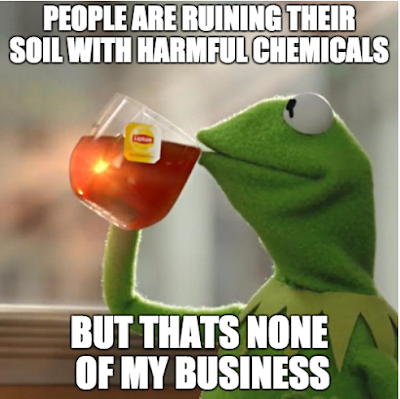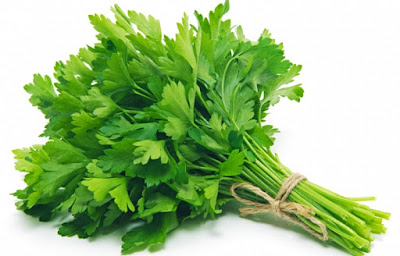Rice is part of the Poaceae family. Other crops in the family are grass, barley, wheat, corn, and others. As you can see, this is the family of grains. Plants in the Poaceae (also known as the grass family) will tend to have empty and hollow stems, the nodes which are parts of the stem, that connect leaves and branches, but you can find knee shaped looking ones with nothing attached. Plants in the grass family are pollinated by the wind because they do not have petals nor do they have sepals because unlike some other plants, they do not needing to attract bugs and other insects. The plants in the family usually have three stamens, hardly ever two or six, the ovary has a chamber of three united carpels, the ovary matures as a grain in a single seed form almost all of the time. There are almost 10,000 species of grass. - Prepared by Henry







